Introduction
Ti3+: Al2O3 laser are the pinnacle of tunable solid-state laser technology. They offer unique properties that have driven tremendous advancements in numerous research fields. This discussion delves into the intrinsic characteristics of these lasers, their broad range of applications, and the noteworthy advancements that have defined their trajectory.
Understanding the Properties of Ti3+: Al2O3 Lasers
Broadly Tunable Laser Emission: A Closer Look
The Ti3+: Al2O3 laser shines in its unique capability for broad tunability. Its tunable range spans nearly 200 nm in the near-infrared region, specifically between 700 nm and 900 nm. This extensive range is primarily due to the electronic structure of the titanium ion. The 3d orbital of the titanium ion provides a broad absorption and emission spectrum, leading to the wide tunability. Moreover, this laser’s continuous-wave output capability is a critical asset that makes it ideal for precision measurements in various fields.
Ultrafast Pulses: Breaking Down the Science
The Ti3+: Al2O3 laser is renowned for its ability to generate ultrafast pulses, achieving high peak powers and short pulse durations. This characteristic is primarily due to a phenomenon called mode-locking, wherein all the resonator modes of the laser are made to oscillate in phase, generating a coherent pulse of light.
In a Ti3+: Al2O3 laser, this mode-locking is typically achieved through Kerr-Lens Mode-Locking (KLM), a technique that exploits the intensity-dependent refractive index, also known as the Kerr effect, to generate a mode-locked pulse train. These pulses can reach peak powers in the gigawatt range and have durations in the femtosecond realm, i.e., 10^-15 seconds.
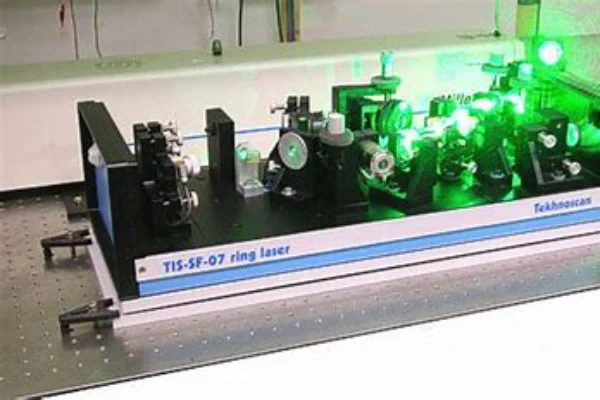
Amplification and Efficiency
Due to the favorable cross-section for stimulated emission in Ti3+: Al2O3 lasers, they exhibit remarkable gain properties. This allows them to achieve higher amplification of the laser beam, which significantly enhances their efficiency. This is especially beneficial in applications where a high-power output is required, such as in laser-induced breakdown spectroscopy (LIBS) or high-resolution microscopy.
Thermal Properties
Thermal management is a crucial aspect of Ti3+: Al2O3 laser operation. The laser crystal tends to generate heat during operation, which, if not properly managed, can lead to thermal lensing and other detrimental effects. Advances in cooling techniques, such as cryogenic cooling, have significantly improved the thermal handling capabilities of these lasers, enabling them to operate at higher power levels without compromising beam quality.
Durability and Longevity
Ti3+: Al2O3 lasers are known for their robustness and longevity. The titanium-sapphire crystal, from which the laser derives its name, is a durable material that can withstand high-intensity laser pumping. This characteristic, coupled with the continuous improvements in laser design and thermal management, ensures that these lasers can operate effectively for extended periods, thus increasing their lifespan.
In conclusion, the properties of Ti3+: Al2O3 lasers, from their wide tunability and ultrafast pulse generation to their thermal management capabilities and durability, make them an invaluable asset in numerous research and industrial domains. As advancements in laser technology continue, the potential of these versatile lasers continues to expand, opening new horizons in our understanding and manipulation of light.
Applications of Ti3+: Al2O3 Lasers
Laser Surgery and Medicine
The tunability and high peak power of Ti3+: Al2O3 lasers make them an invaluable tool in laser surgery and medicine. Their ability to produce precisely controlled, high-energy pulses make them ideal for procedures that require selective targeting of tissues, such as dermatological treatments. For instance, in photodynamic therapy, these lasers are used to activate photosensitizing agents to destroy cancer cells.
Material Processing and Microfabrication
Ti3+: Al2O3 lasers have found widespread use in material processing and microfabrication. Their high peak powers and ultra-short pulse durations enable them to ablate material with high precision and minimal thermal damage, making them ideal for micro-drilling, cutting, and surface modification of materials.
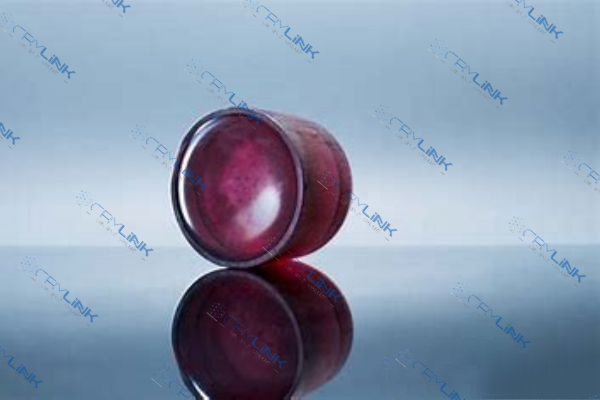
Ultrafast Laser Pump-Probe Spectroscopy
Ti3+: Al2O3 lasers are crucial for ultrafast pump-probe spectroscopy, a technique used to study the dynamics of ultrafast physical phenomena. Their tunability and short pulse duration allow them to excite a sample and probe its response on incredibly short timescales.
Lidar (Light Detection and Ranging)
The high peak power and short pulse duration of Ti3+: Al2O3 lasers make them suitable for Lidar applications. These lasers can generate precise pulses of light, which are sent towards a target and reflected to the source. The time it takes for the light to return is used to calculate the distance to the target, useful in mapping and navigation applications.
Environmental Monitoring and Climate Research
Ti3+: Al2O3 lasers are used in techniques such as Laser-Induced Breakdown Spectroscopy (LIBS) and cavity ring-down spectroscopy for environmental monitoring. They are employed to detect trace gases and pollutants in the atmosphere, providing essential data for climate research and environmental protection.
Astronomy and Astrophysics
In astronomy and astrophysics, Ti3+: Al2O3 lasers play a significant role. They are used in techniques like Doppler-free spectroscopy for precise measurements of spectral lines. These measurements contribute to the detection of exoplanets and the determination of fundamental constants.
Quantum Computing and Information Technology
The unique properties of Ti3+: Al2O3 lasers make them well suited to the field of quantum computing and information technology. Their ultra-short pulses can manipulate quantum states of matter, making them a key component in the development of quantum computers.
In conclusion, the applications of Ti3+: Al2O3 lasers span a diverse range of fields, from medicine and manufacturing to environmental science and information technology. The versatility of these lasers is a testament to their unique properties and the advances in laser technology over the years.
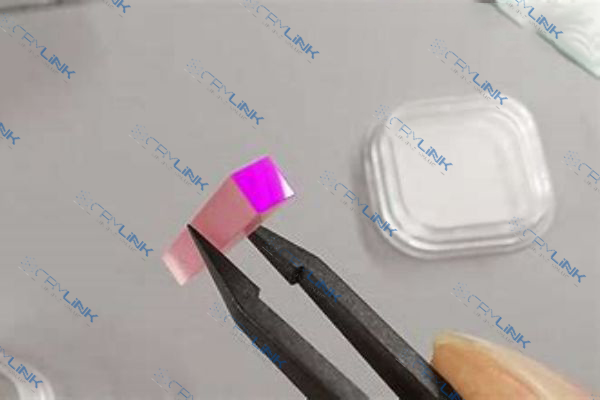
Significant Advancements in Ti3+: Al2O3 Laser Technology
Advent of Kerr-Lens Mode-Locking (KLM)
The invention of Kerr-Lens Mode-Locking (KLM) was a groundbreaking achievement in the development of Ti3+: Al2O3 lasers. KLM is a technique that induces mode-locking by exploiting the intensity-dependent refractive index, or Kerr effect. This technique enabled these lasers to generate ultrafast pulses in the femtosecond range, further broadening their applications in various scientific and industrial sectors.
Chirped Pulse Amplification (CPA)
Chirped Pulse Amplification (CPA) was a monumental advancement in Ti3+: Al2O3 laser technology. This technique involves stretching an ultrashort laser pulse in time and amplifying it, then compressing it back to a short time scale. This results in higher peak power without damaging the laser medium. CPA not only enhanced the output power and pulse energy of these lasers but also contributed significantly to applications such as laser surgery and high-resolution microscopy.
Advancements in Thermal Management
The development of innovative thermal management techniques played a significant role in enhancing the performance of Ti3+: Al2O3 lasers. These techniques allowed these lasers to mitigate thermal effects, leading to continuous-wave operation at higher average power levels. Improved cooling strategies, such as cryogenic cooling, have been instrumental in maintaining the beam quality, especially for high-power operation.
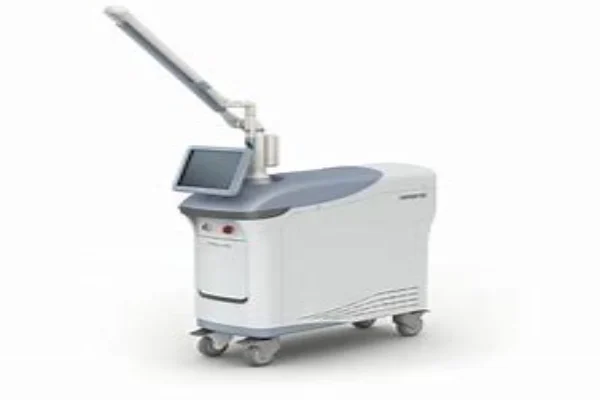
High-Power Oscillators
The emergence of high-power oscillators was a significant leap forward for Ti3+: Al2O3 lasers. These oscillators were able to generate more power while maintaining excellent beam quality. This technology has been fundamental in applications demanding high peak power and high beam quality, such as in material processing and precision measurements.
Enhanced Wavelength Versatility
The continual development of techniques for broadening the tuning range of Ti3+: Al2O3 lasers has further expanded their versatility. This has led to the creation of lasers that can produce light over a broader spectrum, which is highly beneficial in applications like spectroscopy and imaging.
In conclusion, Ti3+: Al2O3 lasers have witnessed several significant advancements that have shaped their current form. These developments not only enhanced their inherent properties but also opened new application possibilities. As we move forward, we can expect that technological advancements will continue to push the boundaries of what these powerful lasers can accomplish.
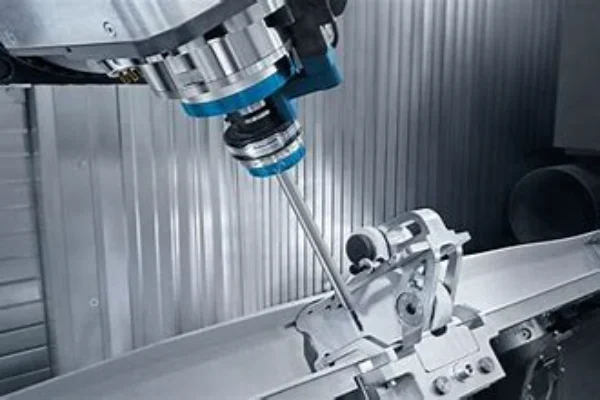
Conclusion
The unique properties and the remarkable versatility of Ti3+: Al2O3 lasers have marked them as instrumental in the revolution of numerous scientific and industrial fields. Their broad tunability, ultrafast pulse generation, and high peak power output have not only opened up new experimental possibilities but have also been pivotal in technological advances.
Moreover, the continuous progression in Ti3+: Al2O3 laser technology, as evidenced by improvements in mode-locking techniques, pulse amplification, thermal management, and power output, all indicate that the future of these lasers is extremely promising. We stand on the precipice of new discoveries and innovations where these lasers will undoubtedly play a significant role.
As we continue to explore their full potential, we can expect that these lasers will enable further breakthroughs, from novel medical procedures to quantum computing, environmental monitoring, and beyond. The journey of Ti3+: Al2O3 lasers is far from over. In fact, it is more likely that we are witnessing just the dawn of their potential. They remain a bright beacon in the landscape of photonics research, shedding light on new paths of discovery and innovation.
Frequently Asked Questions
- 1.What makes Ti3+: Al2O3 lasers unique?
- The unique feature of Ti3+: Al2O3 lasers is their wide tunability. They can produce output across a broad spectrum and are known for their high peak powers and short pulse durations.
- 2.What are some applications of Ti3+: Al2O3 lasers?
- Some applications of these lasers include Optical Coherence Tomography (OCT), ultrafast spectroscopy, and the generation of frequency combs.
- 3.How has the Ti3+: Al2O3 laser technology advanced over time?
- Some significant advancements include the development of Kerr-Lens Mode-Locking (KLM), high-power oscillators, Chirped Pulse Amplification (CPA), and improvements in thermal management.
- 4.What role does thermal management play in Ti3+: Al2O3 lasers?
- Improved thermal management techniques have allowed these lasers to operate at higher average power levels, optimizing their performance especially in industrial applications.
- 5.What future advancements can we expect in Ti3+: Al2O3 laser technology?
- The potential of these lasers is vast. Future advancements may bring further improvements in power and efficiency, with potential new applications across multiple scientific and industrial domains.

Frank
Frank graduated from the University of Shanghai for Science and Technology, majoring in optics. As a technical engineer at Crylink Company, he deeply understands crystal materials and laser components.
Related Video(s) with this Article
Related Product(s) with this Article
Related Application(s) with this Article
